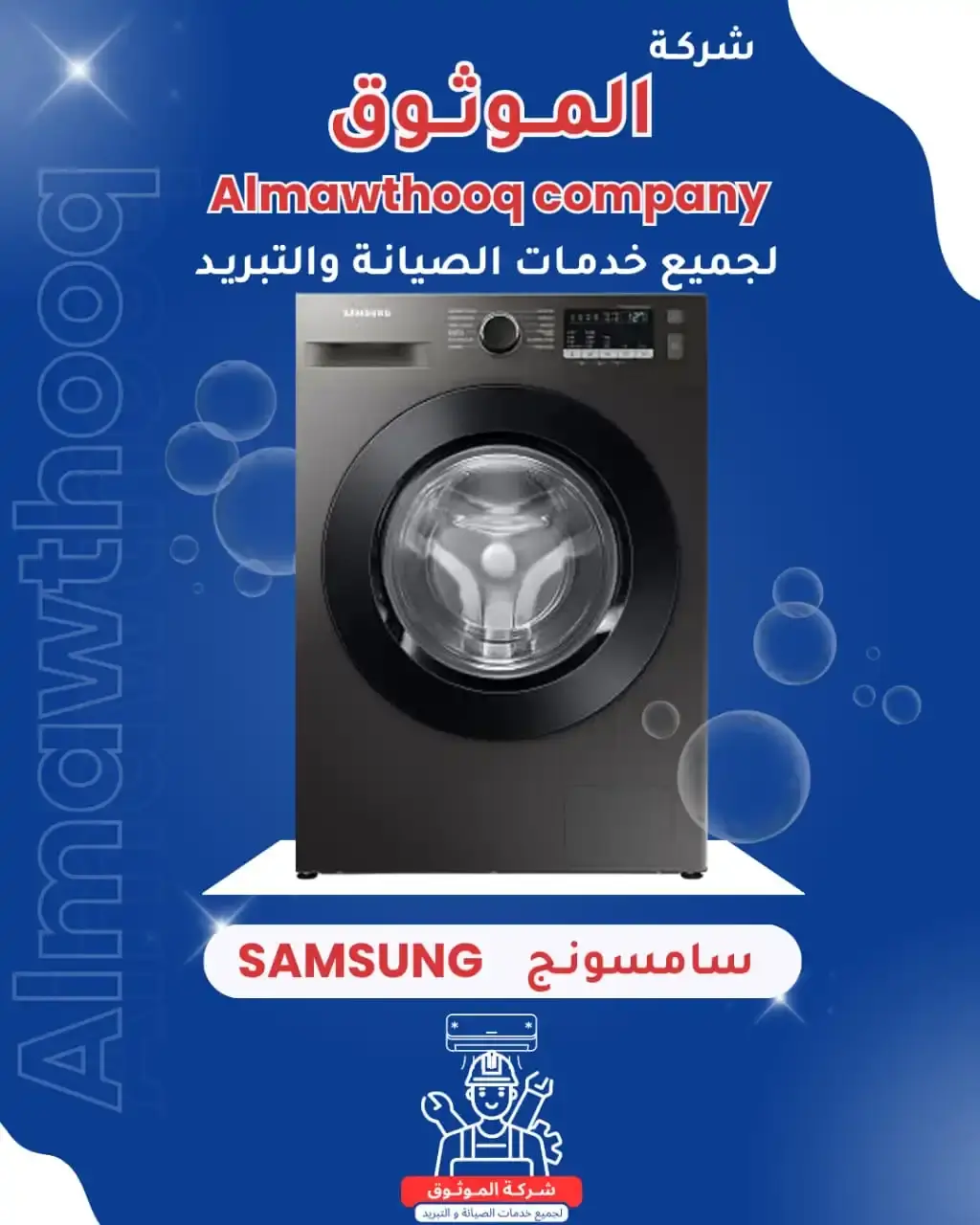
Immediate Solution for Samsung Washing Machine Water Leakage Problem
Samsung washing machines are among the most widely used home appliances in Kuwait due to their advanced technology and strong performance. However, like any other appliance, they may occasionally experience issues—most notably, water leakage. This leakage not only affects the machine’s performance but can also damage flooring, increase water bills, and even cause electrical short circuits in some cases.
This article aims to provide an immediate solution to the water leakage issue in Samsung washing machines. We will thoroughly explore the causes, key error codes related to the problem, how to inspect various parts such as the filter, hose, and door gasket, and offer smart troubleshooting tips. The structure is optimized for search engine requirements using a specific keyword arrangement.
Whether you're looking for a quick fix or a deeper understanding of the problem, this guide will be your primary reference for dealing with Samsung washer leaks—inside and outside Kuwait.
Samsung Washing Machine Water Leak in Kuwait: Causes and Instant Fixes
Water leakage from a Samsung washing machine is a common issue encountered by many users in Kuwait. The causes range from simple, fixable issues at home to more technical problems requiring a professional technician. Accurately identifying the cause is the first step to an effective and sustainable repair.
-
Damaged drain hose: One of the most common reasons—cracks or loose fittings can lead to continuous leakage.
-
Clogged drain filter: Accumulation of debris and residues blocks water flow, causing leaks from unintended spots.
-
Damaged door gasket: If the gasket is torn or not sealed tightly, water escapes through the door during operation.
-
Faulty water inlet valve: If defective, it may allow irregular water flow, causing overflow inside the drum.
-
Excess detergent usage: Too much detergent causes excess foam that can leak from the drawer or door unexpectedly.
To solve this:
-
Turn off the washer and unplug it.
-
Inspect visible areas such as the hose, gasket, and filter.
-
If no clear cause is found, contact a Samsung washing machine technician in Kuwait to prevent the issue from worsening.
Fixing Samsung Washer Leaks at Home: Safe and Practical Steps
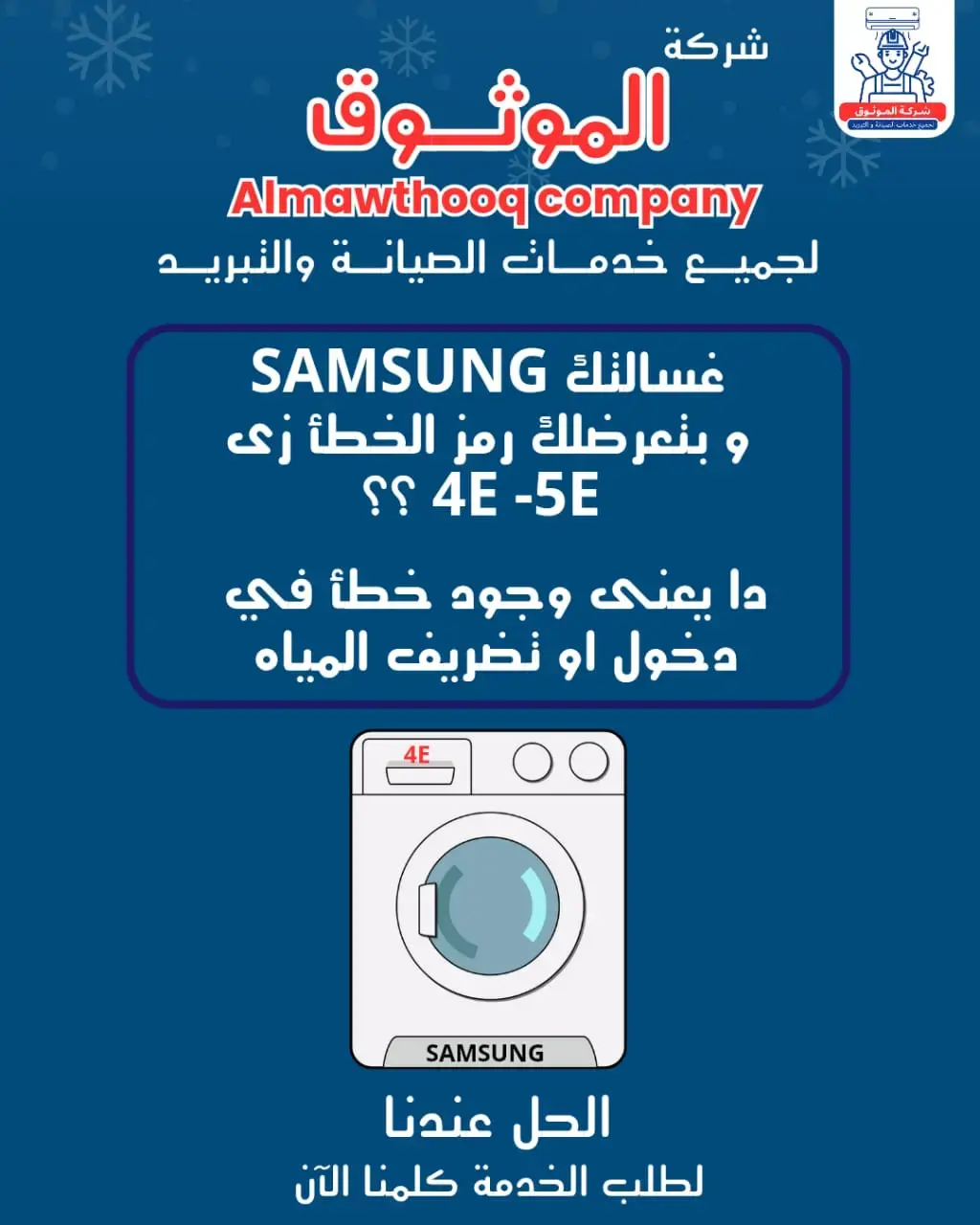
Many believe water leakage requires professional help, but in reality, some simple problems can be fixed safely at home by following proper steps—saving both time and repair costs.
Step-by-step home repair:
-
Disconnect power supply for safety.
-
Check the drain hose for twists or holes.
-
Clean the drain filter (usually located at the bottom front of the washer).
-
Inspect the door gasket for tears or deformations.
-
Check the detergent drawer for buildup causing blockage and overflow.
If the leakage continues after these steps, it's best to call a professional. However, this initial effort helps diagnose and prevent future minor problems.
When to Call a Samsung Technician for Water Leakage
Not all leaks can be resolved at home. Some are internal or electronic, requiring specialized tools and expertise. A certified Samsung technician offers a safe and effective solution that prevents further damage.
Call a technician if:
-
Repeated error codes appear, such as LE, 1E, or 5E.
-
The source of the leak is unclear (e.g., water pooling under the washer).
-
Unusual sounds occur during the drain cycle (may indicate pump failure).
-
Water leaks even when the washer is unplugged.
-
Replacement of parts like the valve, pump, or leak sensor is needed.
Certified Samsung technicians provide accurate diagnostics, original parts, and reliable service—protecting the washer from recurring issues.
Preventing Samsung Washer Leaks: Maintenance Is Key
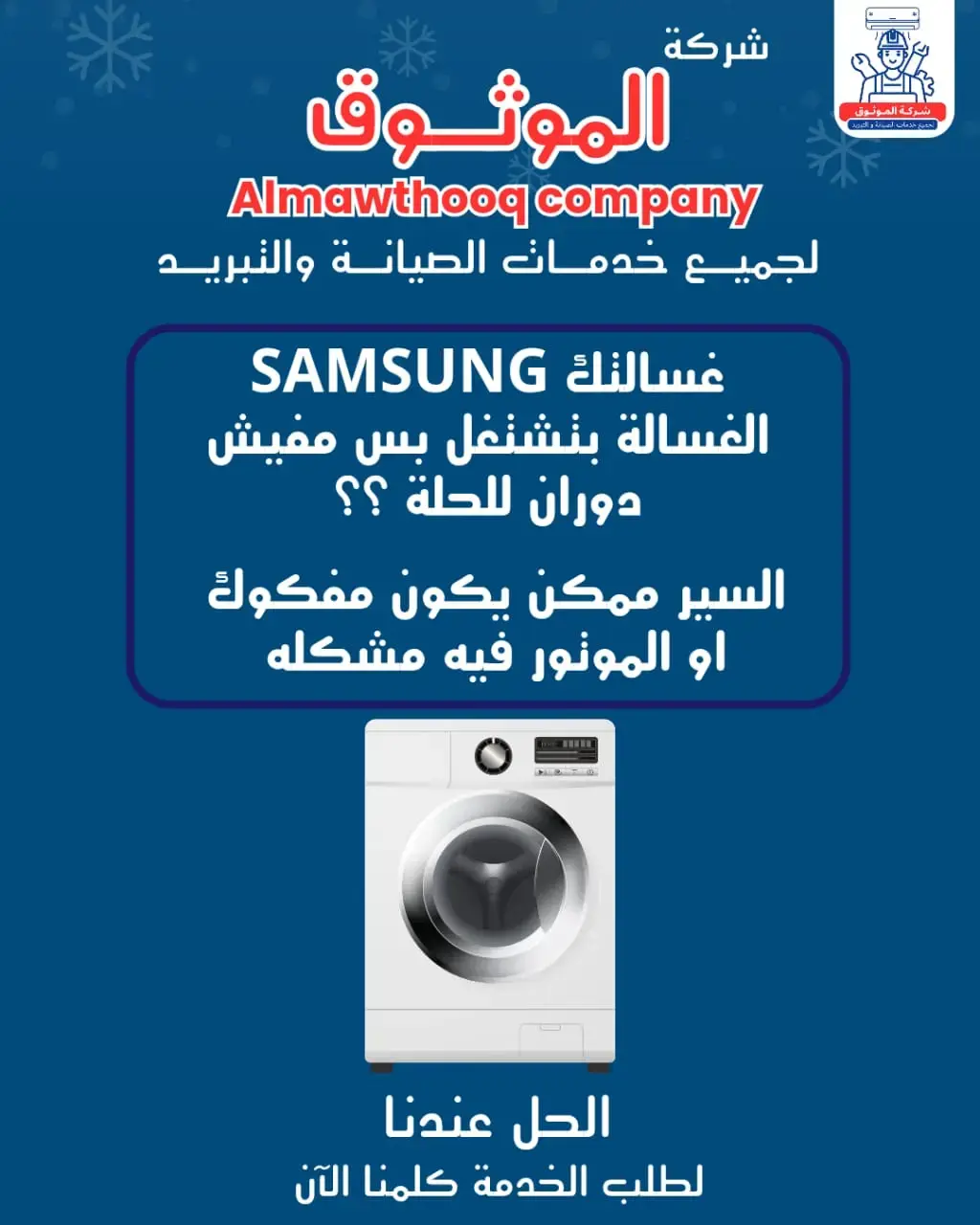
Routine maintenance isn’t just a formality—it’s essential for optimal performance and preventing issues like leaks. Preventative care saves money and extends appliance life.
Prevention tips:
-
Clean the drain filter monthly.
-
Check inlet and drain hoses every two months for cracks or loose connections.
-
Dry the door gasket after each cycle to prevent mold buildup.
-
Run the self-cleaning cycle using a special cleaner regularly.
-
Avoid overuse of detergent—excess foam can cause leaks.
-
Keep the washer level to prevent vibrations affecting hose connections.
These simple steps require little time but offer long-term protection and performance.
Door Gasket Leaks: Common Causes and the Final Fix
The rubber door gasket in front-load Samsung washers prevents leaks during operation. Over time, it can wear out, tear, or collect dirt—allowing water to escape.
Common causes:
-
Dirt and detergent buildup prevent tight door closure.
-
Tears/cracks from heavy use or sharp clothing.
-
Improper door closure due to trapped objects or wrong laundry placement.
-
Bad smell indicating mold/bacteria inside the gasket.
Solution:
-
Clean the gasket gently using a soft brush and mild cleaner.
-
Replace if visibly damaged—with a genuine part from Samsung service center.
-
Always dry the gasket after use and leave the door open for ventilation.
Regular Filter Cleaning Prevents Water Leakage
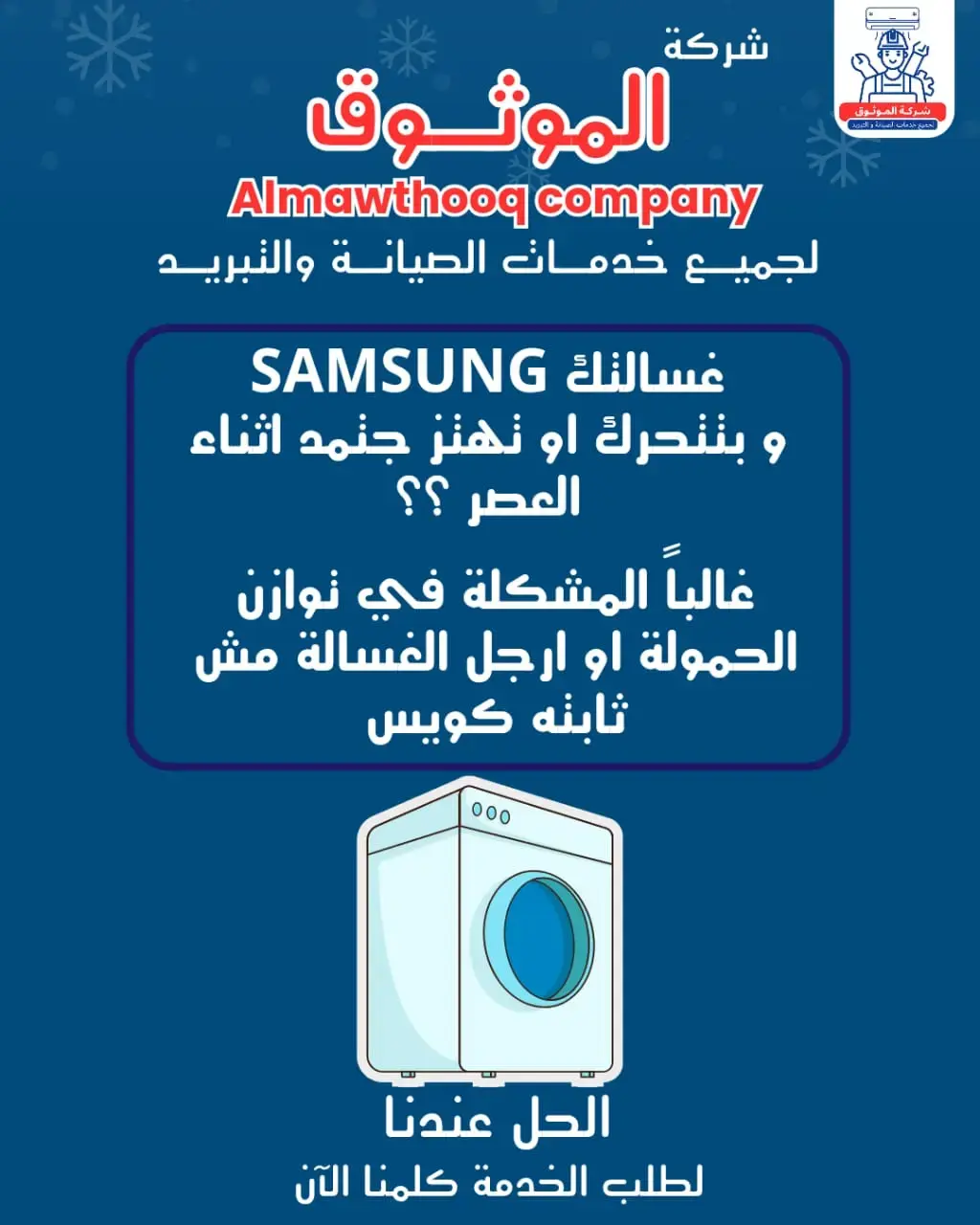
The drain filter in Samsung washers traps small debris like lint, coins, or tissues. A clogged filter disrupts water flow and causes internal overflow or leaks.
How to clean it:
-
Unplug the washer for safety.
-
Open the small access panel at the front bottom (usually on the right side).
-
Place a towel or bowl underneath to catch remaining water.
-
Turn and remove the filter counterclockwise.
-
Rinse under running water and remove any buildup.
-
Check the drain hole inside for blockages.
-
Reinstall the filter and close the cover.
Repeat this monthly (or twice a month if used daily) to avoid 5E or LE error codes and leakage.
Drain Hose Leak: Quick Diagnosis and Solutions
The drain hose is a common leakage point, especially if old or improperly installed. Connected to the drain pump, any defect here causes leaks from the back or bottom.
Diagnosis steps:
-
Unplug the washer and turn off the water.
-
Gently pull the washer to access the back.
-
Inspect the hose fully—look for cracks or loose connections.
-
Check where the hose connects to the washer—is it tight?
-
If moisture is found near the hose, it’s likely the source.
Solution:
Replace with a high-quality or original hose. Avoid cheap alternatives. If unsure, contact a Samsung technician to avoid mistakes.
Samsung Washer LE Error Code: Meaning and Action Plan
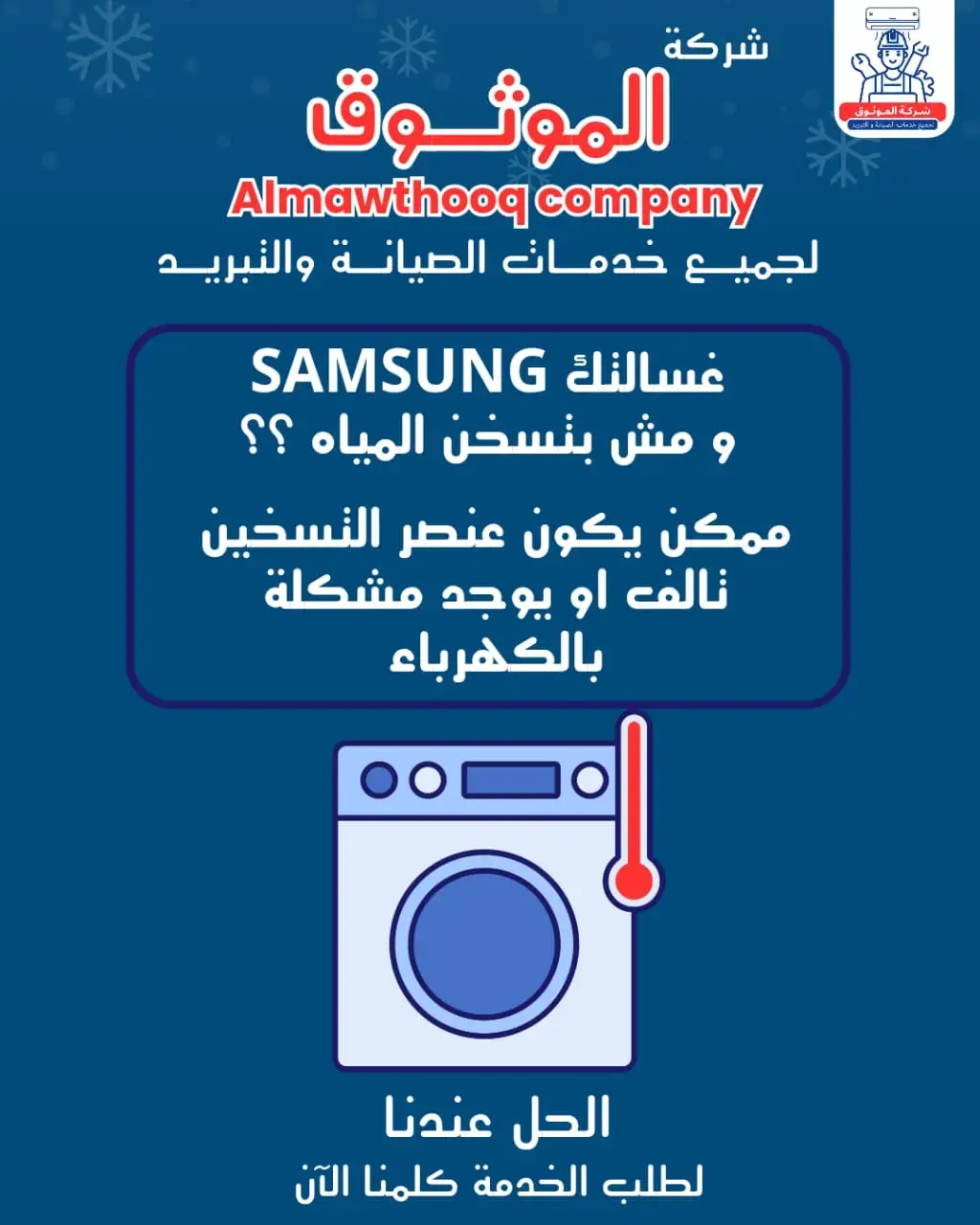
The LE code indicates internal water leakage or a leak sensor fault. It alerts the user to a potentially harmful leak inside the washer that could damage components.
Causes:
-
Water in the washer base (under the tub).
-
Moisture on the leak sensor triggering a false signal.
-
Faulty drain pump causing water retention.
What to do:
-
Unplug immediately to prevent electrical hazard.
-
Check under the washer and dry any water.
-
Inspect filter, hose, and gasket for visible leaks.
-
If the cause is unclear or the code persists, call a technician.
Do not restart the machine until the issue is resolved to avoid further damage.
Samsung Washer 1E Code: Related to Leaks?
The 1E error doesn’t directly indicate a leak—it relates to the water level sensor malfunction. However, it may indirectly cause leaks due to incorrect water input.
Possible causes:
-
Defective water level sensor.
-
Blocked air hose connected to the sensor.
-
Faulty control board causing incorrect readings.
-
Inlet or drain issues from loose or blocked hoses.
What to do:
-
Restart after unplugging for 10 minutes (in case it’s temporary).
-
Check the air hose to the sensor.
-
Look for overflow during operation.
-
If unresolved, contact a Samsung technician.
5E Code Means Drainage Problem That May Cause Leaks
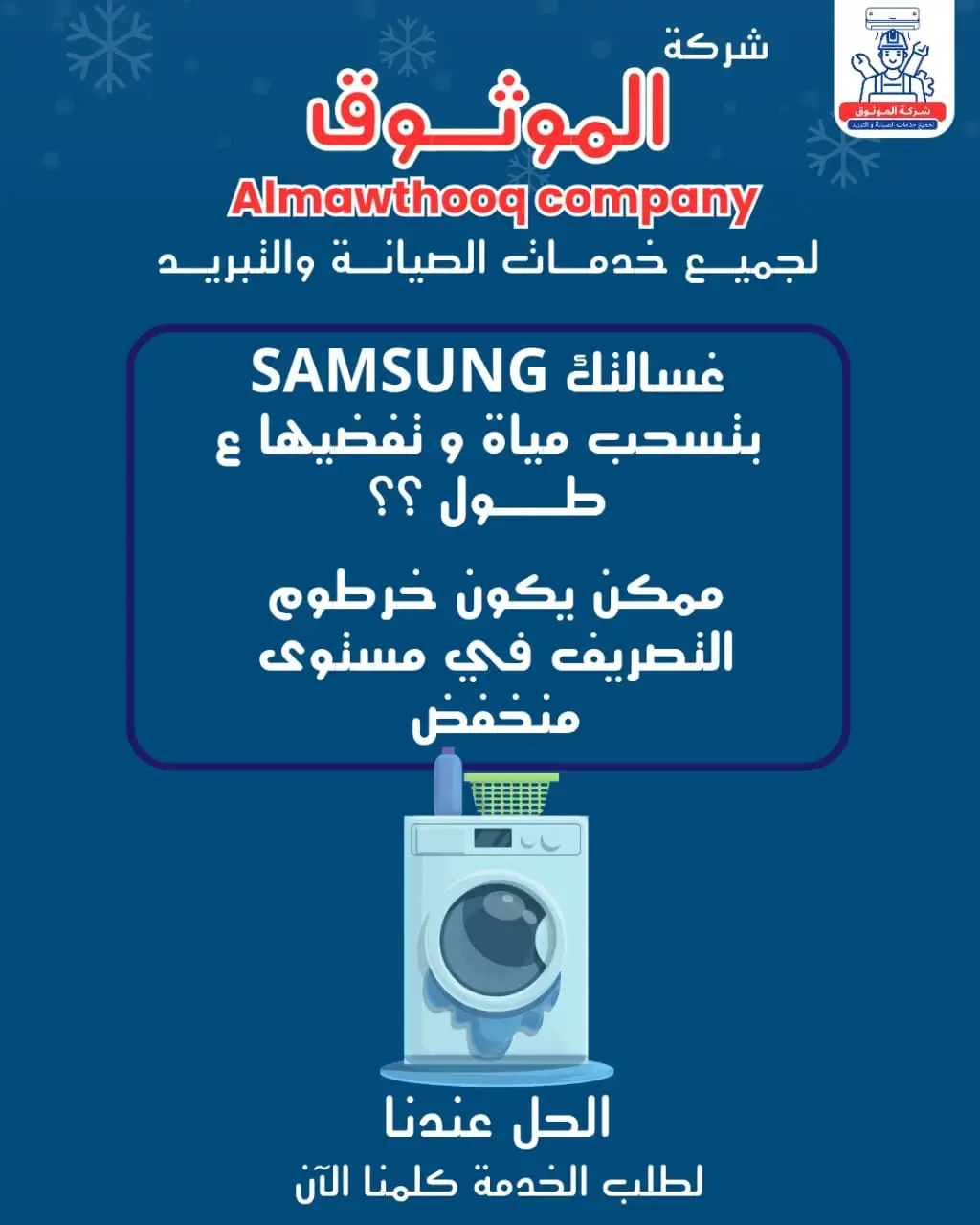
The 5E error points to a drainage issue that, if ignored, may cause water to overflow inside the washer.
Causes:
-
Clogged drain filter or hose.
-
Faulty drain pump.
-
Disconnected or damaged pump cable.
-
Water level not decreasing, confusing the control board.
Solution:
-
Unplug the machine.
-
Clean the drain filter thoroughly.
-
Check the drain hose for clogs or kinks.
-
Run a drain-only cycle to test.
-
If the error remains, consult a technician.
Acting quickly prevents major leaks and further appliance damage.
Wet Floor Under Samsung Washer? Check These 3 Causes
When water accumulates around your washer, the leak might be internal and dangerous.
Top 3 things to check:
-
Loose/damaged drain hose: Look for improper fittings or cracks.
-
Clogged internal filter: Causes backflow and side leaks.
-
Dirty/damaged door gasket: Especially in front-load models, can cause front leaks.
Fix: Unplug the washer and inspect these components. If the cause isn’t obvious, contact a specialist.
Samsung Washer Technician in Kuwait: 5 Key Repair Steps
When home solutions fail, professional diagnosis ensures safety and reliability.
Technician’s process:
-
Full visual inspection of hoses, gasket, and detergent drawer.
-
Open the washer to check internal components (leak sensor, pump, valve).
-
Run a test cycle to observe leak timing.
-
Use electronic tools to read error codes and inspect circuits.
-
Identify faulty part and replace it with a genuine one.
Professionals ensure the problem is fixed and prevented from recurring.
Inspecting Samsung Water Inlet/Drain Hoses: Essential Maintenance
Many overlook inlet and drain hoses, though they may cause hidden leaks. These hoses handle all water movement and wear over time.
Inspection includes:
-
Tight connections at both ends.
-
No kinks restricting water flow.
-
No leaks at joints or along the hose.
-
Outer casing intact—no cracks or cuts.
Replace damaged hoses with approved parts to avoid complications.
Samsung Detergent Drawer Leaks: Causes and Fix
A neglected detergent drawer can lead to water spilling from the top/front of the machine due to buildup or mechanical failure.
Main causes:
-
Detergent/residue buildup clogging water distribution holes.
-
Overuse of detergent causing excess foam.
-
Faulty water inlet valve overflowing the drawer.
-
Blocked detergent drain pipe causing water to backflow.
Solution:
-
Remove and clean the drawer with warm water and a small brush.
-
Ensure drawer housing is clean inside the washer.
-
Use correct detergent amounts.
-
Inspect water valve if the problem persists or consult a technician.
Quick Fix Guide for Samsung Water Leaks: Act Smart and Safe
If your washer suddenly leaks, don’t panic—follow these quick actions:
-
Unplug the machine immediately to avoid shock.
-
Shut off the water supply to stop the flow.
-
Mop up excess water to protect the floor.
-
Check visible parts: drain hose, drawer, gasket.
-
Avoid opening internal parts if unsure—call a technician promptly.
Fast response prevents larger damage.
FAQs About Samsung Washing Machine Water Leaks
-
What are the main causes of leaks?
Drain hose damage, filter blockages, torn gasket, and excessive detergent are common. Internal faults may include pump or inlet valve failure. -
Can I fix a leak myself?
Yes, if it's a simple issue like cleaning the filter or drying the gasket. But persistent or hidden leaks need a technician. -
What does LE mean?
It signals internal leakage or a sensor fault. Unplug the washer, inspect for leaks, and call a technician if needed. -
Does cleaning the filter help?
Yes—monthly cleaning reduces blockage risk and prevents error codes like 5E. -
How to choose a reliable Samsung technician in Kuwait?
Look for an authorized technician with customer reviews, warranty on service, and genuine parts.
Water leakage in a Samsung washing machine isn't just a minor inconvenience—it may signal a serious internal issue. As this comprehensive guide shows, causes vary, but solutions start with simple steps and may require expert help.
Don’t delay action or ignore warning signs like LE or 5E codes. Begin with a quick inspection and, if needed, call a qualified Samsung technician in Kuwait.
Preventive maintenance and proper inspection of filters, hoses, and gaskets are key to keeping your washer leak-free and long-lasting. Early intervention saves effort, cost, and your home.
